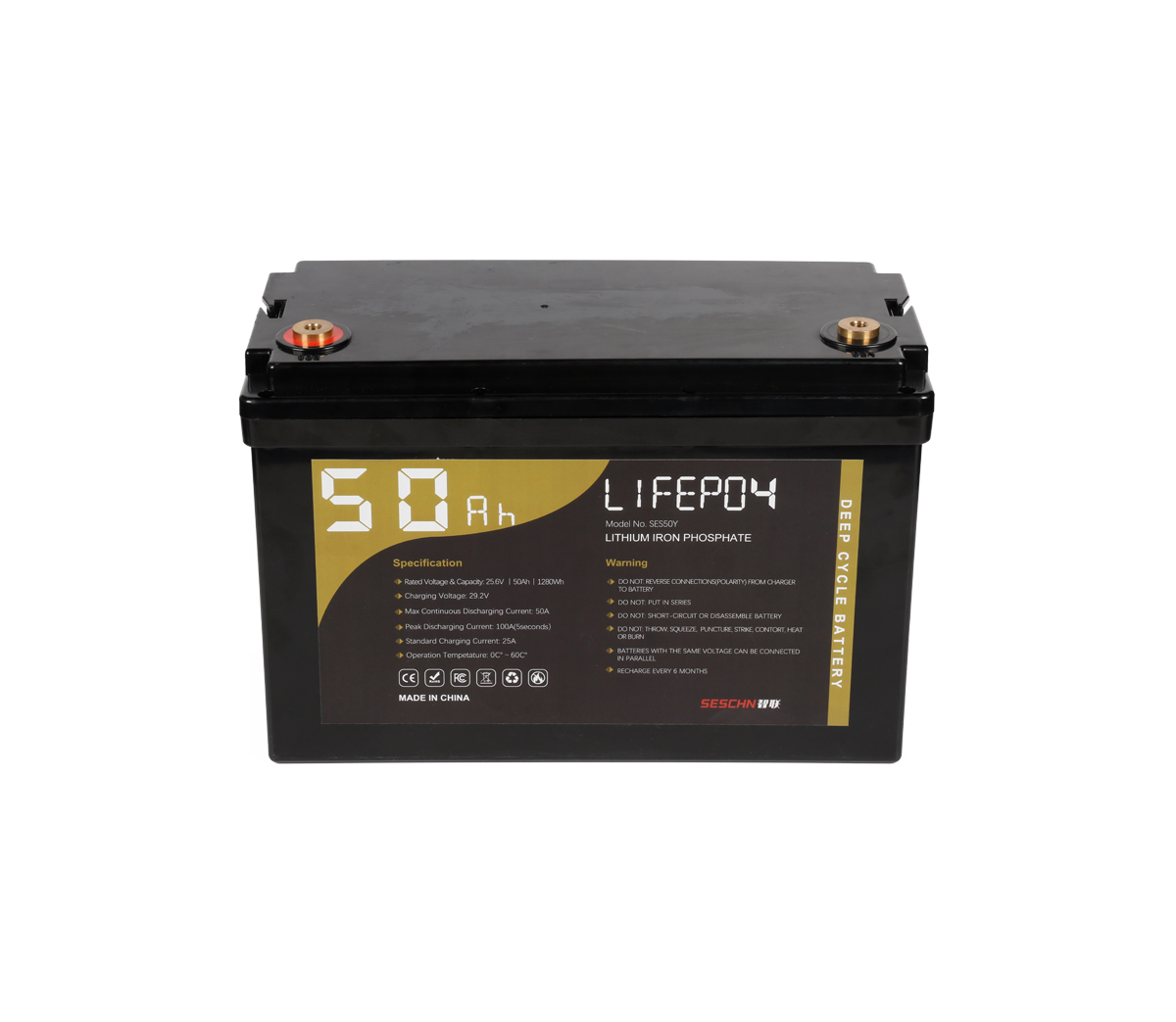
There has been a long-standing dispute over the technical route of power
battery ternary materials and lithium iron phosphate. Previously, domestic
mainstream battery manufacturers generally used lithium iron phosphate as the
main product.
There has been a long-standing battle between power battery ternary
materials and lithium iron phosphate technical routes. Previously, domestic
mainstream battery manufacturers generally used lithium iron phosphate as the
main product. Foreign giants such as Samsung, LG and Panasonic have long used
ternary materials as their main direction. As Tesla uses Panasonic's ternary
material battery to create the myth of a driving range of more than 400
kilometers, domestic battery manufacturers have begun to deploy the development
and production of ternary material batteries. For a while, ternary materials
seem to have the upper hand and become the driving force. The mainstream
direction of battery development, but lithium iron phosphate is still widely
adopted by new energy vehicle manufacturers due to its inherent high-temperature
performance stability. It is difficult to conclude at present which is
better.
From a policy perspective, the state has not clearly stated which power
battery technology routes it focuses on, but high-energy density and low-cost
power batteries have become a key development direction. The set development
goal is "the specific energy of the battery cell will reach more than 400Wh/kg,
and the cost will be reduced to 0.8 yuan/Wh; the system cost will be reduced to
1 yuan/Wh." The first batch of project application guidelines for the planned
pilot project in 2016> "New Energy Vehicles" Pilot Project, high specific
energy lithium-ion battery technology is also highlighted, and the project
evaluation index is set as "battery cell energy density ≥ 300Wh/ kg, cycle life
≥1500 times, cost ≤0.8 yuan/Wh". Judging from the current development situation,
the energy density of ternary materials is significantly better than that of
lithium iron phosphate. The theoretical energy density of lithium iron phosphate
is about 160Wh/kg, while the energy density of ternary materials can reach
200Wh/kg. In terms of achieving policy goals, Ternary materials have obviously
become a key research and development direction supported by the state, and have
become a hot spot for the industry.
Just as the industry responded to the national call to increase the
production line and production capacity of ternary materials, the Ministry of
Industry and Information Technology released a heavy news at the meeting of 100
people. In consideration of the safety of power batteries, the Ministry of
Industry and Information Technology will organize a risk assessment of ternary
lithium batteries. , Before the completion of the evaluation, the suspension of
ternary lithium battery buses from the list of recommended models for the
promotion and application of new energy vehicles; at the same time, the China
Railway Vehicle Technical Service Center has suspended the acceptance of the
announcement of electric buses using ternary materials. This move instantly
triggered the industry Hot discussion.
Comprehensively comparing the pros and cons of ternary materials and
lithium iron phosphate in practical applications, I believe that ternary
materials cannot be completely denied solely because of safety risks. The key
depends on the relevant technical standards and safety control levels. At
present, although the ternary material is not as mature as lithium iron
phosphate technology, and the cobalt reserve as the core material is relatively
small, the price is relatively high, but from the perspective of material
characteristics and charging performance, the ternary material has obvious
advantages in energy density and fast charging performance is better than
phosphoric acid Lithium iron; From the perspective of safety performance, the
decomposition temperature of the ternary material is much lower than that of
lithium iron phosphate, and the high temperature performance is poor, but its
safety can be improved by strengthening the safety control of the battery cell
and the management of the battery pack and improving the matching of the whole
vehicle; From the perspective of consumption, the continued driving range worry
has become one of the important thresholds restricting the popularization of new
energy vehicles. Because of its higher energy density, the large-scale
application of ternary materials in passenger cars has become a general
trend.
Since there is no conclusive evidence to prove that there is a high safety
hazard during the operation of the ternary material power battery, why not
suspend the catalog application for the ternary lithium battery bus after the
evaluation is completed, if there is a problem; or since it is determined that
the ternary material power battery exists Security risk, why did not consider
this when setting the threshold of promotion catalog at the beginning, but when
the national policy strongly supports the research and development of ternary
material battery, the enterprise suddenly decided to "suspend" the three Yuan
lithium bus is listed in the promotion catalog. How long will it be suspended?
How to evaluate it? Or how to deal with it after evaluation? There is no
following at all. This makes battery and bus companies completely at a loss as
to how to deal with them. Who will make up for the company's losses.
Practice is the only criterion for testing the truth. Fire incidents of
passenger cars using lithium iron phosphate batteries also occur from time to
time. Why, in the absence of scientific and rigorous investigations, only
suspend the acceptance of the announcement of ternary materials lithium electric
passenger cars? Is it contrary to the previous direction of national policy
support? . In my opinion, under the conditions of a socialist market economy,
the government should not stretch its hands too far. Whether ternary or lithium
iron phosphate, please leave it to the hands of the market to make a ruling, and
it is up to the enterprise to decide. Whether it is a passenger car or a
passenger car, safety issues must be the primary factor considered by automobile
companies in the research and development and manufacturing of products. The
first task for the government is to formulate relevant safety technical
standards and strengthen industry supervision to prevent the industry from being
mixed up and expelling bad money. The phenomenon of good money, and how to use
the battery of the technical route, how to meet the mandatory standard
requirements, please let the enterprise weigh and make a decision.
Related doubts are also manifested in the low-speed electric vehicles using
lead-acid batteries. Since the vast counties and rural markets have such a
strong demand for this product, why the competent authority has always been
vacillating instead of setting relevant production technical requirements as
soon as possible. Safety standards, traffic regulations, and battery recycling
policies should comply with market demand and cultivate superior enterprises to
become bigger and stronger.
It is believed that the Ministry of Industry and Information Technology
will continue to accept applications for the announcement of ternary lithium
battery buses after comprehensive assessment and verification. However, it is
hoped that the safety assessment process will be speeded up and the suspension
of announcement acceptance should be as short as possible, so as to reduce the
loss of batteries and automobile companies. drop to lowest.
finally used a sentence written by Dickens at the beginning of "A Tale of
Two Cities": "This is the best era, this is the worst era." For the new energy
automobile industry, this is indeed the best era. State support continues to
increase, the policy market is two-way force, and production and sales continue
to be hot. my country has become the world's most important new energy
automobile market; but it is the most important one. In the bad era, with the
rapid development of the new energy automobile industry, bad phenomena such as
fraudulent compensation continue to emerge. If some problems are not solved in
time, the healthy and orderly development of the industry may be endangered. Can
it succeed in renewing its glory? The development of the automobile industry
constructs a bright future, and the decision is in the hands of our
generation!



































